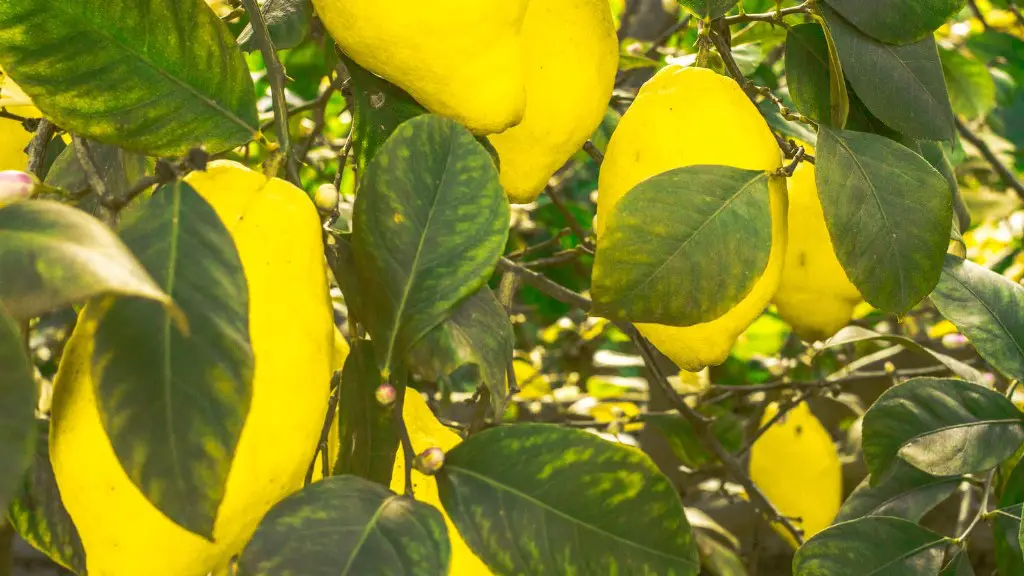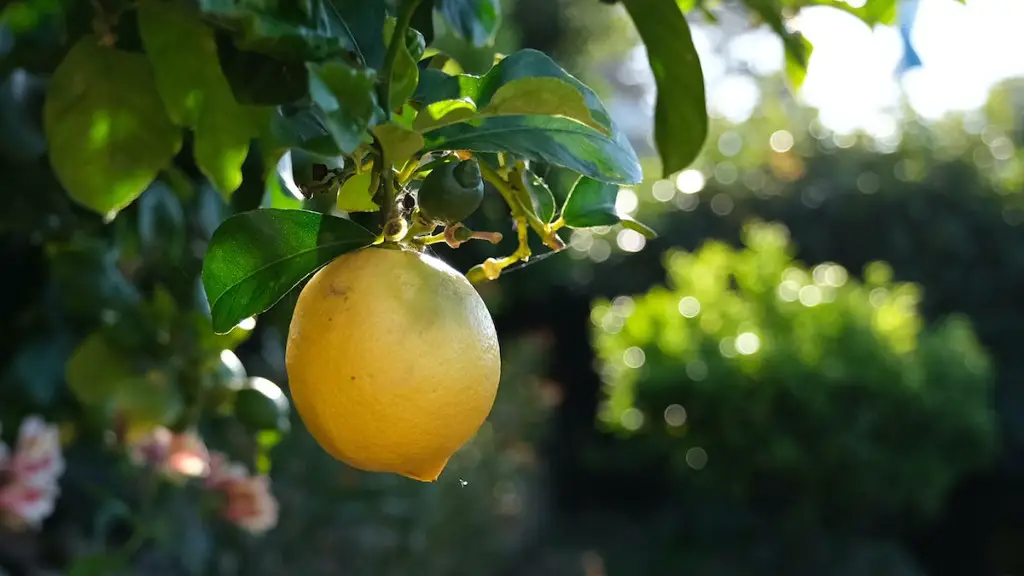Contrary to popular belief, trimming an apple tree is not just an aesthetic procedure- it is an important part of regular tree maintenance. In order to produce healthy fruit, and to ensure that the tree has a long lifespan, it should be trimmed on an annual basis. In this article, we will discuss how and when to trim an apple tree.
Summer Pruning
Pruning in the summer months is essential for apple trees. During the summer season, pay attention to any new shoots that the tree is producing. If a shoot has three or more leaves on it, then it should be pruned to allow more light and air circulation. Additionally, any dead or diseased wood should be removed from the tree. Never leave stubs after pruning, as these will prevent the tree from healing properly.
Winter Pruning
During the winter months, focus on any structural pruning that needs to be done. Evaluate the branch pattern and growth of the tree, and remove any crossing or rubbing branches. Prune off any limbs that are spreading too far away from the core of the tree, as this can lead to weak branching. Lastly, if the tree has been damaged by storms or pests, then make sure to prune out the affected areas.
Tools and Safety
When pruning an apple tree, it is essential to have the proper tools. Sharp, clean pruning shears are important for a precise pruning job. Additionally, it is important to protect yourself- wear heavy gloves and protective eyewear. Never try to prune a branch that is too big for your pruning shears, as this can lead to failure and can damage the tree.
Avoiding Common Mistakes
When pruning an apple tree, it is important to understand the nodes and buds that are present. Pruning shoots above a male flower bud encourages the tree to produce more spurs and fruiting wood, while pruning shoots below a female flower bud will cause the tree to produce more new growth. Additionally, avoid pruning in the fall, as this can leave the tree vulnerable to cold winter winds.
Encourage Growth
When trimming an apple tree, focus on encouraging vertical growth. Choose the most dominant vertical limb and prune everything else around it. This will produce a strong tree that is better able to resist disease and pests. Additionally, focus on pruning away any excess foliage to allow more light and air circulation.
Crown Reduction
Sometimes, it is necessary to reduce the size of a fully-grown tree. This procedure is known as crown reduction, and it should only be done by a certified arborist. Crown reduction helps to reduce the size of the tree while maintaining its natural shape and structure. The key to crown reduction is to prune selectively and selectively only.
Maintaining Health
A properly pruned and maintained apple tree can produce healthy fruit for many years. Avoid pruning late in the season, as this can leave the tree vulnerable to winter winds. Focus on removing dead or diseased wood, and prune off any new shoots that have more than three leaves on them. Additionally, focus on pruning away any excess foliage to allow more light and air circulation. Taking the time to properly prune and maintain your apple tree will help ensure that you have a healthy and productive harvest for many years to come.
Disbudding for Quality Apples
Disbudding is the process of hand-thinning out the shoot tips of apple trees. Disbudding helps to ensure that the remaining fruit receives adequate light, air circulation and nourishment. It also helps to reduce the amount of fruit produced, which can result in higher-quality, larger apples. When performing disbudding, make sure to remove all of the flower buds in the first year, and then continue the process in subsequent years.
Insect Pest Control
In addition to regular pruning, apple trees should also be monitored for insect pest infestations. A number of bugs can attack apple trees and cause them to produce a poor harvest. Examples of common apple pests include tent caterpillars, apple maggot and codling moths. Timely applications of insecticides and/or manual removal of pests can help minimize the damage caused by these pests.
Fertilizing for Improved Fruit Production
Fertilizing an apple tree is an important step in ensuring healthy fruit production. A balanced fertilizer containing nitrogen, phosphorus and potassium should be applied in the spring. Organic fertilizers such as compost are also a great option for apple trees. Keep in mind that too much fertilizer can cause the tree to produce less fruit, so it is important to follow label instructions.
Controlling Pollution to Minimize Damage
Apple trees are particularly vulnerable to air pollution, and exposure to high levels of sulfur dioxide can result in poor fruit production or even death of the tree. If possible, move the tree away from sources of air pollution such as highways or industrial sites. Additionally, monitor the tree for signs of air pollution damage such as stunted growth or wilting leaves.

